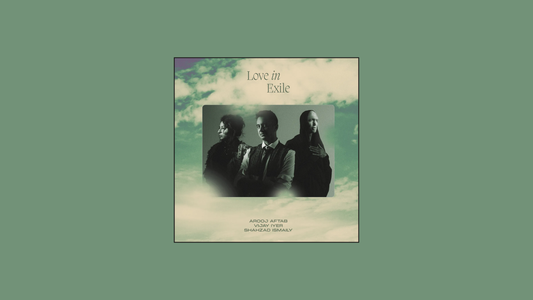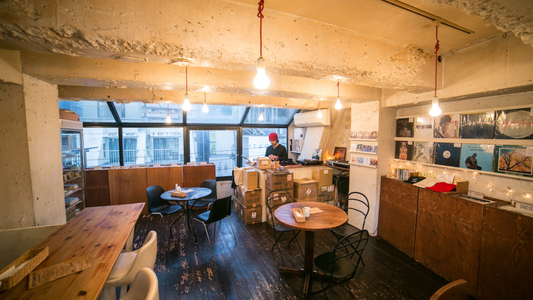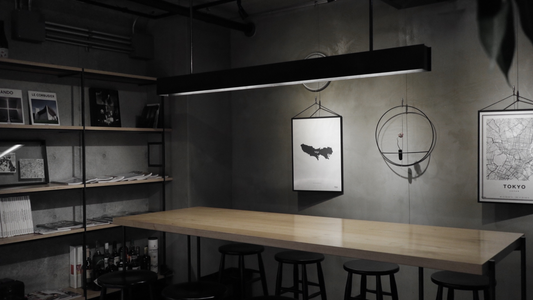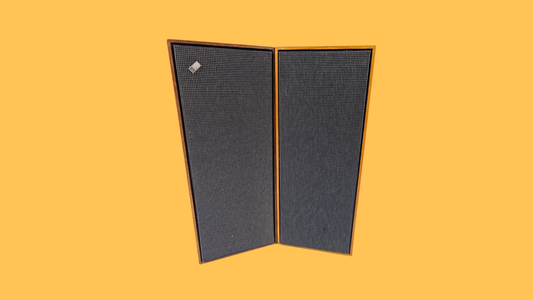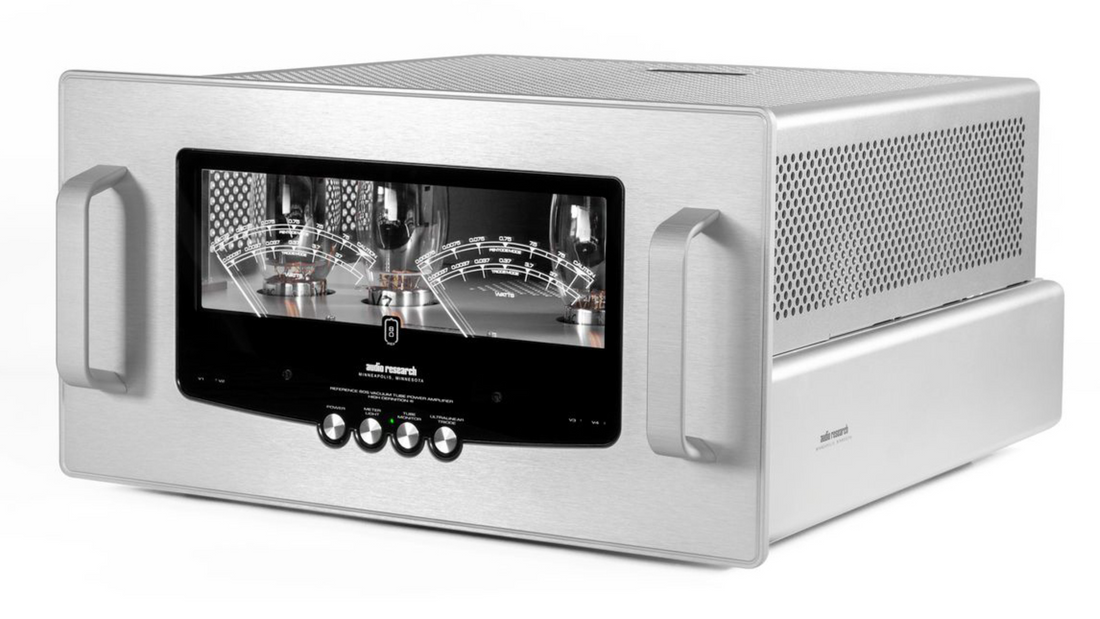
Audio Research — The Valves of Minnesota
By Rafi Mercer
Not all hi-fi stories are written in London, Tokyo, or New York. Some are forged in quieter places, far from the glamour of capitals. Audio Research was born in 1970 in Minneapolis, Minnesota — a company that seemed improbable at first glance: a tube-amp builder rising in the very decade when transistors were conquering the world. Yet that contrarian instinct became its signature. For over fifty years, Audio Research has stood as proof that valves could survive the digital age, glowing glass bottles carrying heat and music into rooms from the Midwest to the listening bars of Europe and Japan.
Its founder, William Zane Johnson, was an engineer with the temperament of a craftsman. He believed that solid-state amplifiers, for all their efficiency, lacked the dimensionality of valves. Where transistors flattened, tubes breathed. The amplifiers he built were not nostalgic recreations but serious instruments — wide bandwidth, low distortion, enormous power reserves. They looked back in order to move forward, bridging the romance of vintage with the precision of modern engineering.
The company’s designs — from the SP preamps to the Reference series power amplifiers — became fixtures in audiophile systems, their brushed aluminium panels and glowing glass an instantly recognisable aesthetic. In a listening bar, that glow takes on a theatrical quality. Behind a counter or perched on a rack, an Audio Research power amp becomes part of the atmosphere, the soft light of its tubes echoing the amber of whisky in a glass.
I once heard one in a bar in Copenhagen, driving Sonus Faber speakers. The record was Mingus Ah Um, and the sound had body without weight, scale without strain. The double bass lines walked firmly across the floorboards, cymbals rang with metallic shimmer, horns unfurled with a warmth that felt human rather than hi-fi. Patrons leaned back in their seats, conversations slowed, the music setting the pace of the evening. That is the Audio Research effect — not to dazzle, but to carry.
Compared to McIntosh’s bravado or Accuphase’s refinement, Audio Research feels more elemental. It is not about power as spectacle, nor precision as philosophy. It is about glow — the glow of tubes, the glow of sound that breathes into a room rather than pressing down upon it. In bars shaped for atmosphere, that glow is everything.
Through decades of shifting fashions, the brand has endured. Ownership has changed, lines have evolved, but the DNA has stayed intact: wide-bandwidth tube amplifiers that refuse to apologise for their heat, their size, their old-world aura. They are machines that ask you to listen not with your head but with your chest, to feel the vibration of air and glass as part of the music itself.
In listening bars, where nights are long and detail matters, Audio Research amplifiers remind us that modernity need not abandon tradition. That warmth is not a flaw but a quality. That a room can be lit by tubes as much as by lamps. And that sometimes the best way to hear forward is to listen back, to let glass and current do their timeless work.
Rafi Mercer writes about the spaces where music matters. For more stories from Tracks & Tales, subscribe, or click here to read more.
